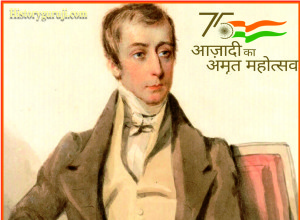Today in this article we will tell you Indian History in Hindi – Caste, Farmers and Labor Movement Telling about. Indian History in Hindi – Social and Religious Movements of 19th and 20th Century Caste, Peasant and Labor Movement Q. In which state Birsa Munda was operating against the British Emp




